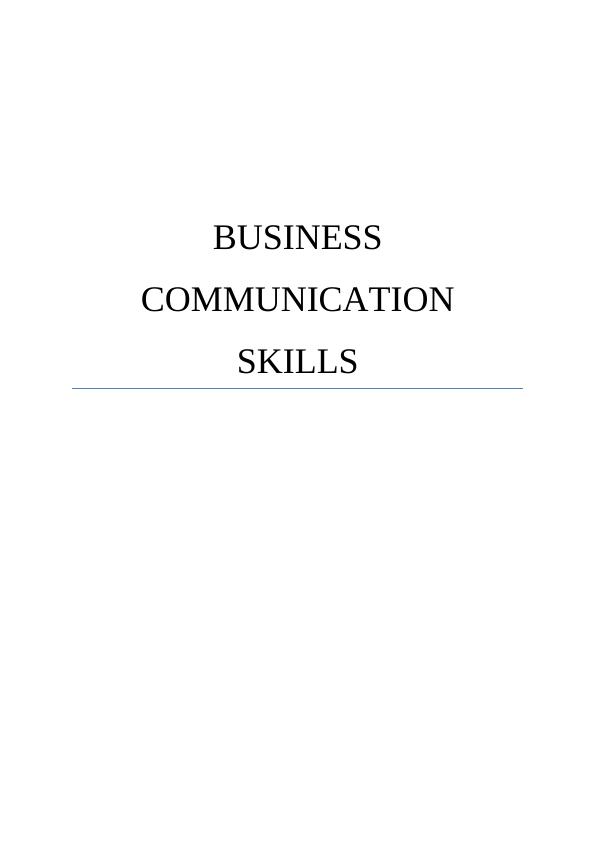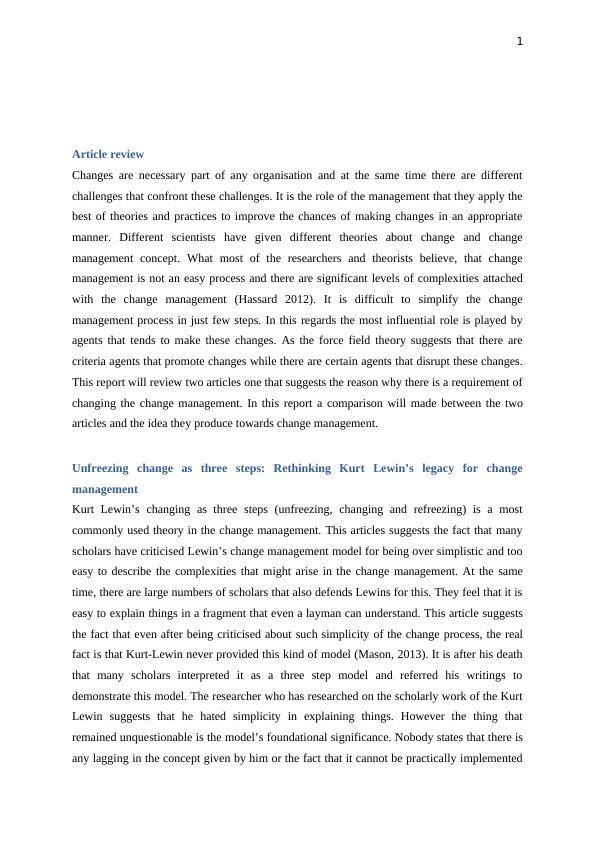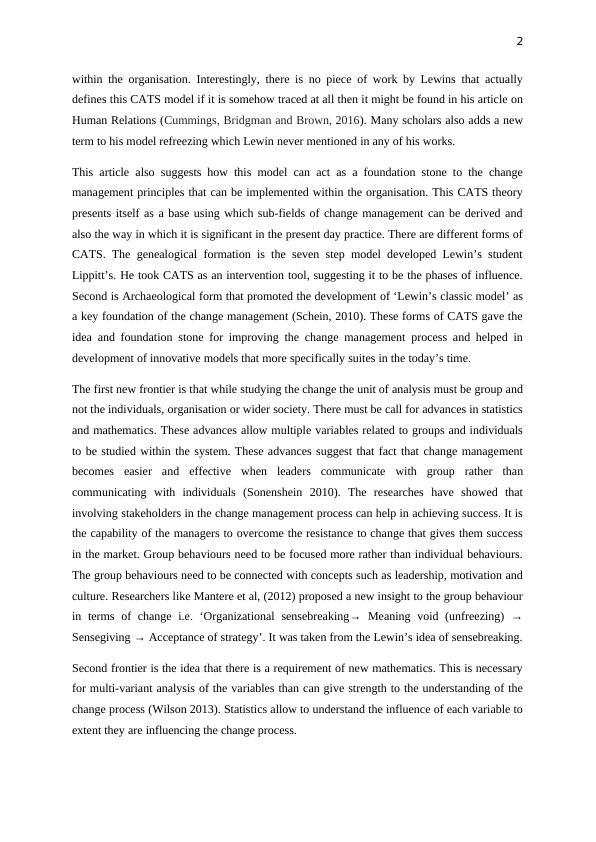Improving Change Management: A Review of Two Articles
Research tells us that most change efforts fail. Yet change methodologies are stuck in a predigital era. It’s high time to start catching up. Change management as it is traditionally applied is outdated. We know, for example, that 70 percent of change programs fail to achieve their goals, largely due to employee resistance and lack of management support. We also know that when people are truly invested in change it is 30 percent more likely to stick. While companies have been obsessing about how to use digital to improve their customer-facing businesses, the application of digital tools to promote and accelerate internal change has received far less scrutiny. However, applying new digital tools can make change more meaningful—and durable—both for the individuals who are experiencing it and for those who are implementing it. The advent of digital change tools comes at just the right time. Organizations today must simultaneously deliver rapid results and sustainable growth in an increasingly competitive environment. They are being forced to adapt and change to an unprecedented degree: leaders have to make decisions more quickly; managers have to react more rapidly to
Added on 2022-11-28
About This Document
Improving Change Management: A Review of Two Articles
Research tells us that most change efforts fail. Yet change methodologies are stuck in a predigital era. It’s high time to start catching up. Change management as it is traditionally applied is outdated. We know, for example, that 70 percent of change programs fail to achieve their goals, largely due to employee resistance and lack of management support. We also know that when people are truly invested in change it is 30 percent more likely to stick. While companies have been obsessing about how to use digital to improve their customer-facing businesses, the application of digital tools to promote and accelerate internal change has received far less scrutiny. However, applying new digital tools can make change more meaningful—and durable—both for the individuals who are experiencing it and for those who are implementing it. The advent of digital change tools comes at just the right time. Organizations today must simultaneously deliver rapid results and sustainable growth in an increasingly competitive environment. They are being forced to adapt and change to an unprecedented degree: leaders have to make decisions more quickly; managers have to react more rapidly to
Added on 2022-11-28
End of preview
Want to access all the pages? Upload your documents or become a member.



